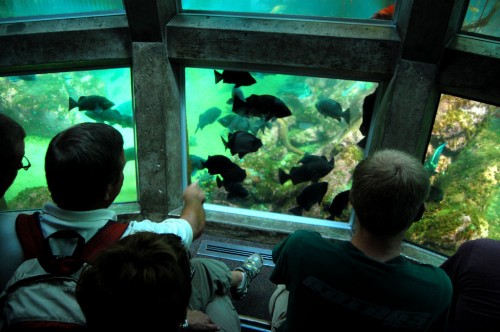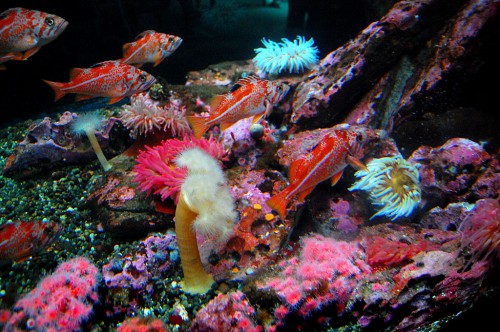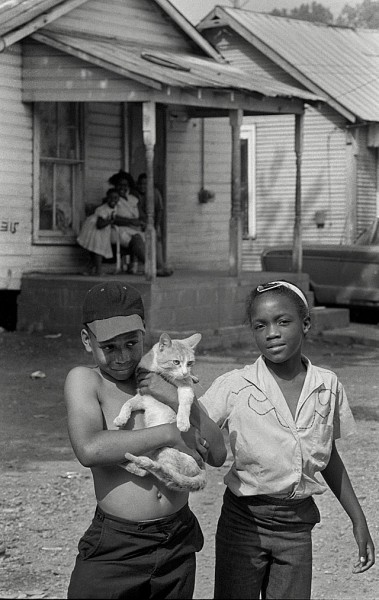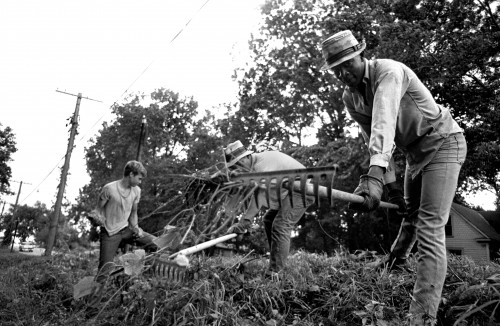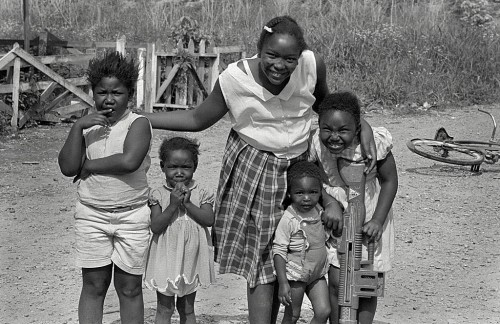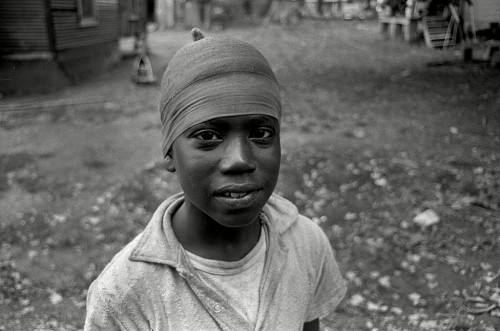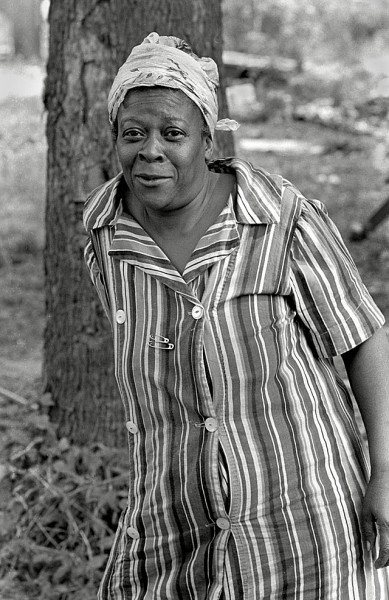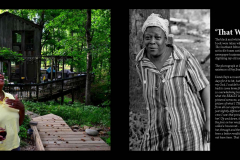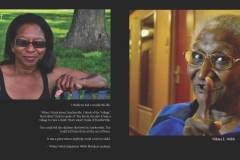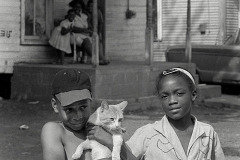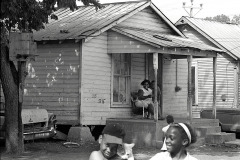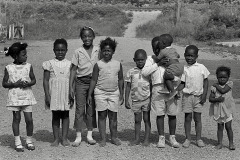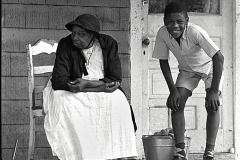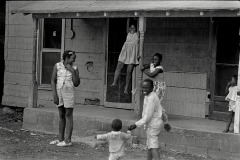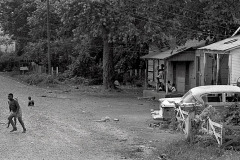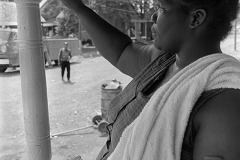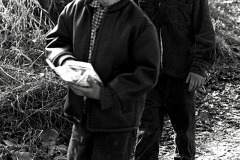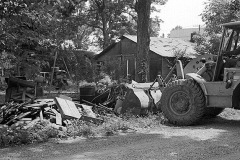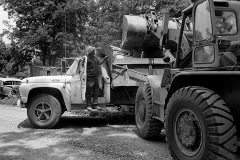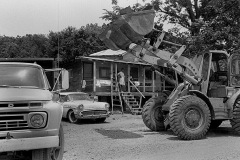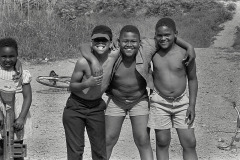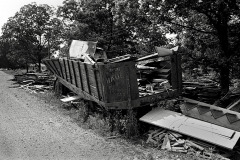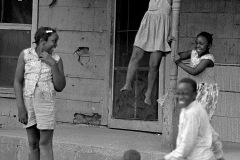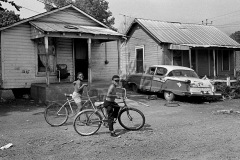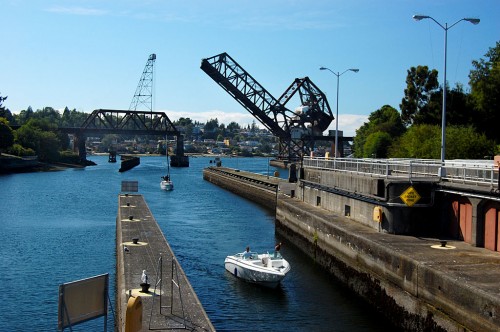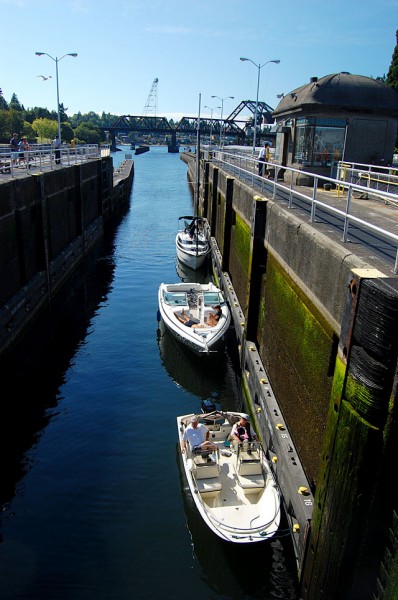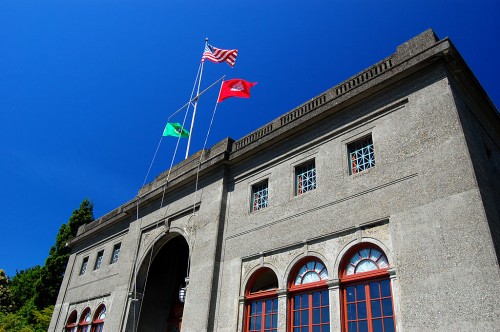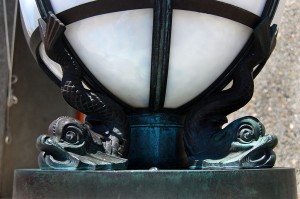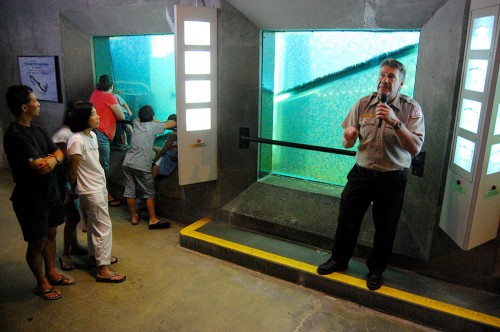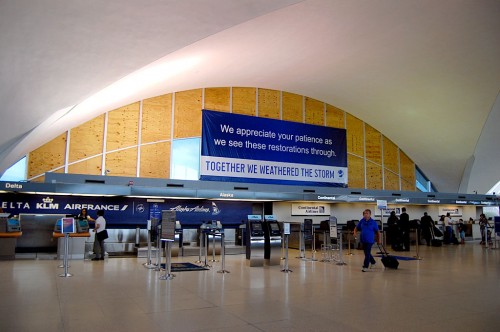 For those of you who have been tracking my car saga, I elected to take it to LaGrand’s Transmission in Cape to have a rebuilt trannie put in it. Several other repairs will wait until I get it back down to Florida for my regular shop to work on it.
For those of you who have been tracking my car saga, I elected to take it to LaGrand’s Transmission in Cape to have a rebuilt trannie put in it. Several other repairs will wait until I get it back down to Florida for my regular shop to work on it.
I can get all the repairs done for about a third of what a good used vehicle was going to cost. A new one was going to be in the $30K range. I LIKE not having car payments, so I’m going to roll the dice that I can get a couple more years out of my Honda Odyssey. Anyway, the decision meant that I had to fly back to Cape instead of driving Wife Lila’s car and ending up with TWO cars in Missouri.
We’ll deal with my trip out of order because of the photos I took. When I got into St. Louis’ Lambert Airport, I was amazed at how much damage had been done by the April tornado that roared through there. A lot of windows remain boarded up.
It’s a wonder no one was killed
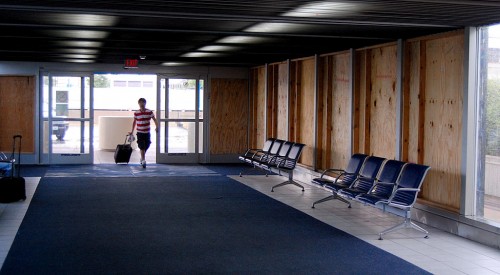 When I look at all of the windows that must have blown out, it’s a wonder that no one was killed.
When I look at all of the windows that must have blown out, it’s a wonder that no one was killed.
We have enough fuel for an hour
Keep looking at the Lambert photos while I recount the first part of my journey on Southwest from West Palm Beach to Tampa.
About half way between West Palm Beach and Tampa, the pilot came on the PA: “Some of you may have sensed that we’re not heading exactly to the Tampa airport. There’s a storm sitting right on top of it. We have enough fuel to fly circles for an hour. It should have moved on by then.”
About 30 minutes later, he said, “The storm is still sitting over the airport, so we’ll keep circling.”
Not long after that, he announced that we might have to return to West Palm Beach for more fuel if we weren’t cleared to land soon.
How I imagine the cockpit conversation went
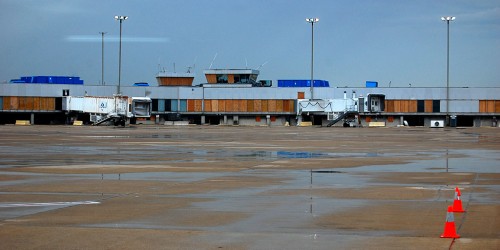 Copilot: “I TOLD you that we should top off the tank before we left West Palm Beach, but, no, you said, ‘The gas in Tampa is cheaper. We have plenty to make it there.’ NOW look at us. Well, let me tell you, Mr. I Can Save a Buck for the Company, if we have to set ‘er down out here in the middle of nowhere, it’s gonna be YOU with a gas can knocking on the farmer’s door begging for fuel.”
Copilot: “I TOLD you that we should top off the tank before we left West Palm Beach, but, no, you said, ‘The gas in Tampa is cheaper. We have plenty to make it there.’ NOW look at us. Well, let me tell you, Mr. I Can Save a Buck for the Company, if we have to set ‘er down out here in the middle of nowhere, it’s gonna be YOU with a gas can knocking on the farmer’s door begging for fuel.”
Fortunately, a few minutes later, the pilot reported we were cleared for the approach. To his credit, either the tower was giving him good vectors or he was doing a good job reading the radar to miss the worst cells. We had lightning flashing around us, but the ride wasn’t too bumpy.
Can you open the exit door?
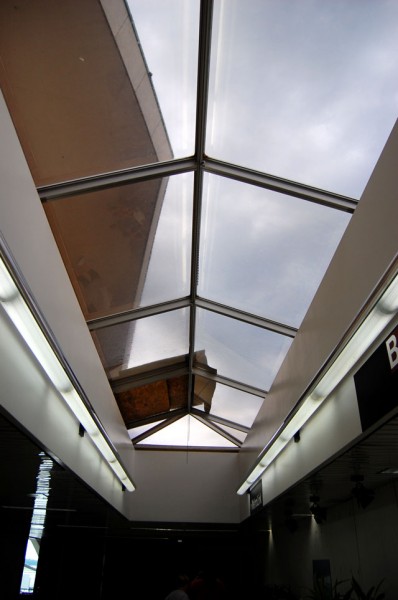 The Tampa – St. Louis flight was pretty uneventful. I lucked out and got a center seat in an exit row. When the flight attendant came by to give us the standard exit row speech, concluding with, “Do you agree that you can perform those duties?” I replied, “Yes, mam, you won’t believe how fast I can get out that door.”
The Tampa – St. Louis flight was pretty uneventful. I lucked out and got a center seat in an exit row. When the flight attendant came by to give us the standard exit row speech, concluding with, “Do you agree that you can perform those duties?” I replied, “Yes, mam, you won’t believe how fast I can get out that door.”
“I’ll count that as a yes,” she said.
Cape Air promises red carpet treatment
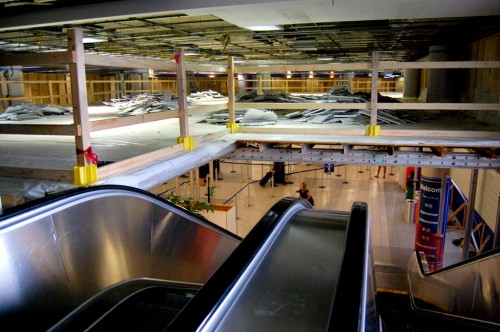 After I did the piece on flying Cape Air, local manager Jennifer Huffman and I have become Facebook friends. I gave her fair warning that I was going to be on one of her flights. That set off this (approximate) dialog:
After I did the piece on flying Cape Air, local manager Jennifer Huffman and I have become Facebook friends. I gave her fair warning that I was going to be on one of her flights. That set off this (approximate) dialog:
- Her: “We’ll roll out the red carpet for you.”
- Me: “Cape has a red carpet?”
- Her: : “It does when you fly in, Ken. You’re a celebrity! I will even have an in-flight meal waiting for you. :)”
- Me: “It’s not going to be an armadillo on the half-shell that you picked up on the way to the airport, is it?”
- Her: “”LOL, I promise no road kill, I save the best possums for the family meals.”
Where’s my possum?
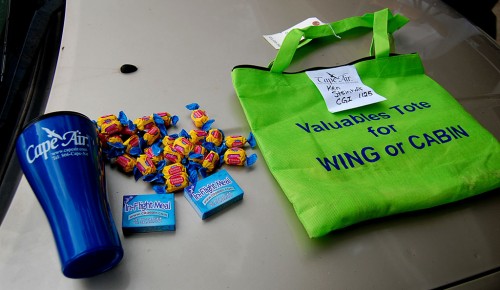 Right after I managed to navigate my way from Southwest to Cape Air’s terminal, I was paged to the check-in counter. That’s never a good sign. That’s where they tell you that your luggage is overweight, has been shredded, lost or all of the above, or that the flight is overbooked, or that the flight has been cancelled.
Right after I managed to navigate my way from Southwest to Cape Air’s terminal, I was paged to the check-in counter. That’s never a good sign. That’s where they tell you that your luggage is overweight, has been shredded, lost or all of the above, or that the flight is overbooked, or that the flight has been cancelled.
Instead, the very nice woman gave me a green tote bag that said “Valuables Tote for Wing or Cabin.” Inside was a nice cup filled with bubble gum and two small boxes of mints labeled In-Flight meal. There was also a small Ziploc bag containing what I presumed was once a warm paper towel. (I asked Jennifer if my VIP treatment would include a warm towel.)
No possum. I saw Pilot Sherry Murdoch walking around on the tarmac chewing on something. I don’t want to point any fingers, but I think I know where my possum might have gone. I looked for evidence of grease on her chin, but she must have cleaned it up.
Flies: welcome to Missouri
 While waiting for the flight to be called, I wandered into the Mens room. Inside, I figured that I was back in Missouri, for sure: there was a fly perched in the urinal. Then I looked left and right and saw identical flies in exactly the same position. They were realistic-looking DRAWINGS of flies. I don’t know if they were added as a touch of whimsy or to give a target to aim at, but I got a chuckle out of them.
While waiting for the flight to be called, I wandered into the Mens room. Inside, I figured that I was back in Missouri, for sure: there was a fly perched in the urinal. Then I looked left and right and saw identical flies in exactly the same position. They were realistic-looking DRAWINGS of flies. I don’t know if they were added as a touch of whimsy or to give a target to aim at, but I got a chuckle out of them.
They were classier than the chin-high spitoon (sic) spotted in an Advance restroom.
Big Guy and our plane
 This was about the last photo I shot of the ground until we got back to Cape. We were flying too high in too much haze and cloud to make it worthwhile once we got above about 1,200 feet.
This was about the last photo I shot of the ground until we got back to Cape. We were flying too high in too much haze and cloud to make it worthwhile once we got above about 1,200 feet.
We had a couple of white-knuckle passengers on board who didn’t seem to comfortable with some of the bucks, pitches and yaws when we were going through some of the clouds. I wasn’t worried, though. I’ve flown through a lot worse and the pilot seemed to be taking it in stride.
Unlike the other passengers, I had bigger worries. Pilot Murdoch normally flies a Boston route. She’s just filling in for a bit, so I was pretty sure she’s not well acclimated to fine Missouri cuisine yet. They don’t get exposed to many possum dishes in Massachusetts.
Mayday! Mayday!
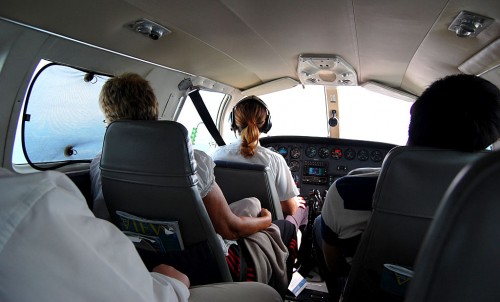 I kept a close eye on the pilot, rehearsing what I would do if she went into possum failure at the yoke.I figured I’d have another passenger shove her aside, then I’d move into the command seat, put on her headphones and key the microphone:
I kept a close eye on the pilot, rehearsing what I would do if she went into possum failure at the yoke.I figured I’d have another passenger shove her aside, then I’d move into the command seat, put on her headphones and key the microphone:
“Mayday, mayday, mayday. This is Cessna 402C November 6765 Tango with five souls on board. We are in the clouds approximately 23 miles south of St. Louis at 4,000 feet, flying on a 172 heading, straight and level. The good news is that all gauges are in the green. The bad news is that our pilot is incapacitated, possibly due to acute possum poisoning. The worse news is that nobody here is a pilot. I’m pretty sure I can get ‘er on the ground, but that’s only because of the law of gravity.”
At that point, I unkey the microphone and scream like a little girl. What do you expect? I’m a photographer not a twin-engine-rated pilot.
Cheated death again
 Fortunately, Captain Murdoch got us back into Cape County. About five miles out, she turned around and made camera-clicking gestures at me. I took that to mean that we must be cleared to land, and I started to shoot her touchdown, which was much smoother than mine would have been.
Fortunately, Captain Murdoch got us back into Cape County. About five miles out, she turned around and made camera-clicking gestures at me. I took that to mean that we must be cleared to land, and I started to shoot her touchdown, which was much smoother than mine would have been.
We got our red carpet
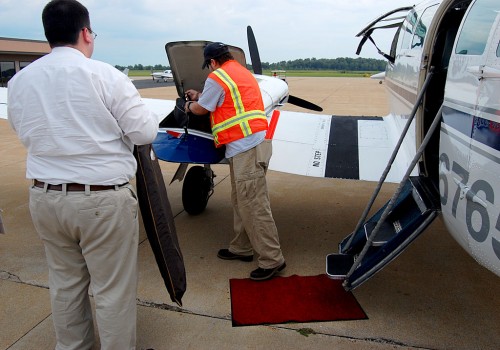 When the plane puttered to a stop, Agent Jeff Sutton rolled out a red carpet for us. Well, it was actually a small red rug, but proportionally speaking, for an airport the size of Cape’s, I’ll rate it a carpet.
When the plane puttered to a stop, Agent Jeff Sutton rolled out a red carpet for us. Well, it was actually a small red rug, but proportionally speaking, for an airport the size of Cape’s, I’ll rate it a carpet.
It just dawned on me that my window was covered with so many greasy noseprints that I had to scrub a clean spot to shoot through this afternoon. I’m wondering now if maybe I’ve been suspecting the wrong person: I wonder if my special in-flight meal could have been lost to passenger possum pilfering? Perhaps?

